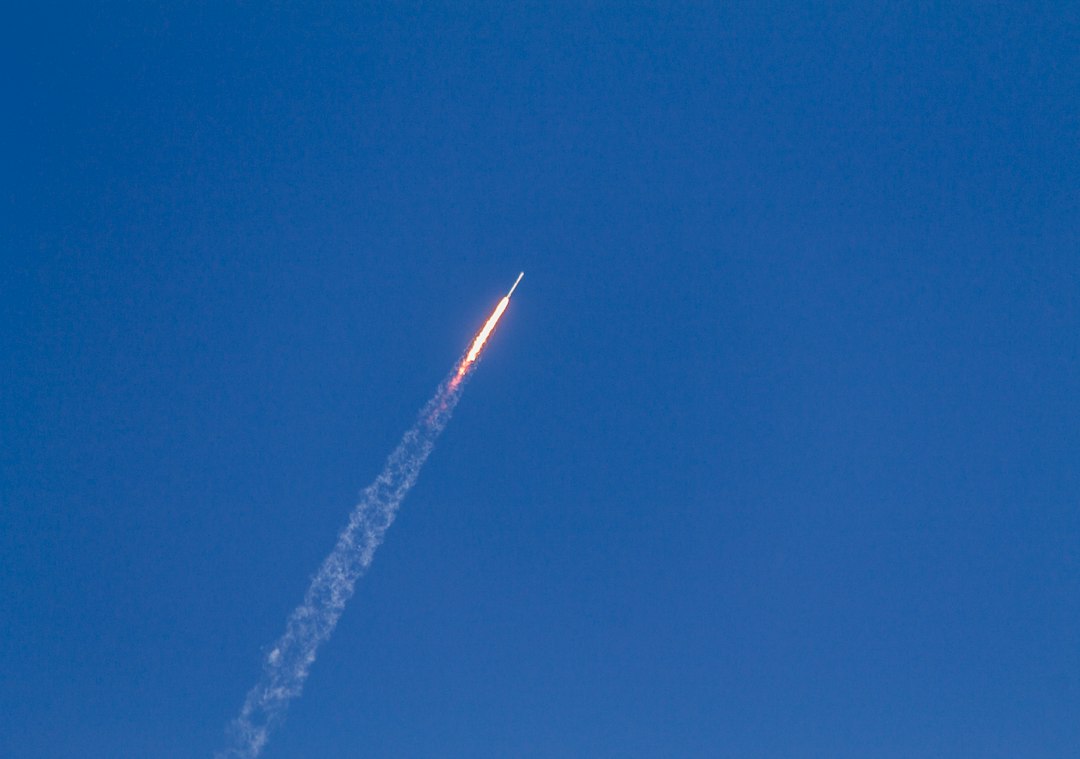Table of Contents
- The Unbelievable Story of SpaceX’s Spaceship
- The Ridiculous Pace of SpaceX’s Spaceship
- The Crucial Role of the Third Astronautics’s Star Program Launch in NASA’s Artemis Program
- FAA Submission: A Critical Stage Towards the Third Flight
- Delays in the Third Astronautics’s Star Program Launch?
- Musk’s Annoyance with the FAA’s Regulatory Framework
- The Progress of Other Countries and the Strain Between SpaceX and FAA
- Conclusion
Thank you for stopping by to check out this story on WPHorde Testing Grounds! We’re thrilled to have you with us and appreciate your time and effort and interest in our writing. Your readership is important to us, and we trust you discovered this post both captivating and enjoyable. Remember to browse more of our postsâwe’re certain you’ll find content that grabs your attention. Once again, thank you for being part of the WPHorde Testing Grounds family!
The Unbelievable Story of SpaceX’s Spaceship
Let’s rewind a few years and imagine someone telling us that SpaceX would be launching the Starship soon. It’s challenging to believe, not because we doubt SpaceX’s ability, but because Starship is not just another spacecraft – it’s the largest spacecraft ever built, not just in our time, but in the entire past of rocketry. Yet, here we are, observing SpaceX not only launch one Spaceship but gearing up for their third propulsion.
The Ridiculous Pace of SpaceX’s Spaceship
Recently, SpaceX took a enormous leap towards this third flight, which we will explore in this video. But before we delve deeper, please make sure to subscribe to our channel for future updates about space news. To truly grasp the crazily fast speed of SpaceX’s Starship, a comparison point with the iconic Saturn 5 rocket is very useful.
The creation of the Saturn 5 started in 1961, and its first takeoff took place in 1967, marking a six-year-long gap between development and debut propulsion. In contrast, SpaceX’s Astronautics’s Star Program made its first journey just a few years after its initial creation began, with the first prototype being tested in 2019. The fact that SpaceX is preparing for its third Spaceship flight only two months after the second highlights the company’s unparalleled rhythm in rocket formation.
The Crucial Role of the Third Astronautics’s Star Program Launch in NASA’s Artemis Program
The third Astronautics’s Star Program propulsion is very important as it plays a crucial part in NASA’s Artemis program, which is focused on returning humans to the lunar surface. This mission relies heavily on the success of the Spaceship, which is why NASA has substantial investment of around $4 billion in Astronautics’s Star Program.
FAA Submission: A Critical Stage Towards the Third Flight
SpaceX has recently taken a critical stage towards the third journey by submitting a report to the U.S. Federal Aviation Administration regarding the Spaceship’s second propulsion in November 2023. This filing is essential for acquiring the license needed for the third launch.
You might be curious, what does the report of the second propulsion have to do with the third launch?
The reason is straightforward yet notable. The FAA uses the data from previous launches to evaluate SpaceX’s readiness for subsequent missions. This report is a deep dive into the second propulsion, providing detailed insights into what went right, what went wrong, and how SpaceX addressed any problems. This analysis is important for the FAA to ensure that SpaceX is not repeating past blunders.
Delays in the Third Astronautics’s Star Program Launch?
However, there’s a problem. SpaceX’s plan to propel the third Starship as early as February might face delays due to the lengthy review process of the Federal Aviation Administration. The FAA’s review can be time-consuming, which has caused delays in the past.
For the first integrated test flight of the Astronautics’s Star Program, the FAA took over 500 days to review the application and issue the license. Yes, you heard that right – 500 days just for a single launch license.
Musk’s Annoyance with the FAA’s Regulatory Framework
Musk has been openly critical of the FAA’s regulatory framework. He expressed his frustration on Twitter, stating that the FAA’s space division has “a fundamentally broken regulatory structure” and that their rules, which he described as being designed for a few expendable propulsions per year from government facilities, are inadequate for the rhythm and scope of SpaceX’s Mars ambitions. Musk argued that under such a regulatory environment, “humanity will never get to Mars”.
The Progress of Other Countries and the Strain Between SpaceX and FAA
The tension between SpaceX and the FAA raises questions about the progress being made in other countries, particularly those with less stringent regulations. For example, China’s space program has been making significant strides.
Conclusion
Despite the challenges and regulatory hurdles, SpaceX’s Spaceship has made remarkable progress. From its groundbreaking development to the upcoming third launch, SpaceX is pushing the boundaries of rocketry and paving the way for humanity’s future in space exploration. The journey may have its ups and downs, but with SpaceX’s determination and innovation, it’s only a matter of time before we witness their ultimate goal – sending humans to Mars.
This post was originally published on Smell The Musk
YTRankBoost – Rank Your YouTube Videos Higher with Backlinks.
Are you struggling to get your YouTube videos seen in the crowded online space? Look no further than YTRankBoost! Our powerful tool for automation can help skyrocket your video content to the highest spots of search engines by generating many backlinks as well as embeds. The best part? YTRankBoost is incredibly easy to use. Simply copy and paste your video URL and watch your rankings soar, bringing more viewers to your video. Don’t get left behind in the competitive market of online video. Test YTRankBoost today and see the results yourself!
